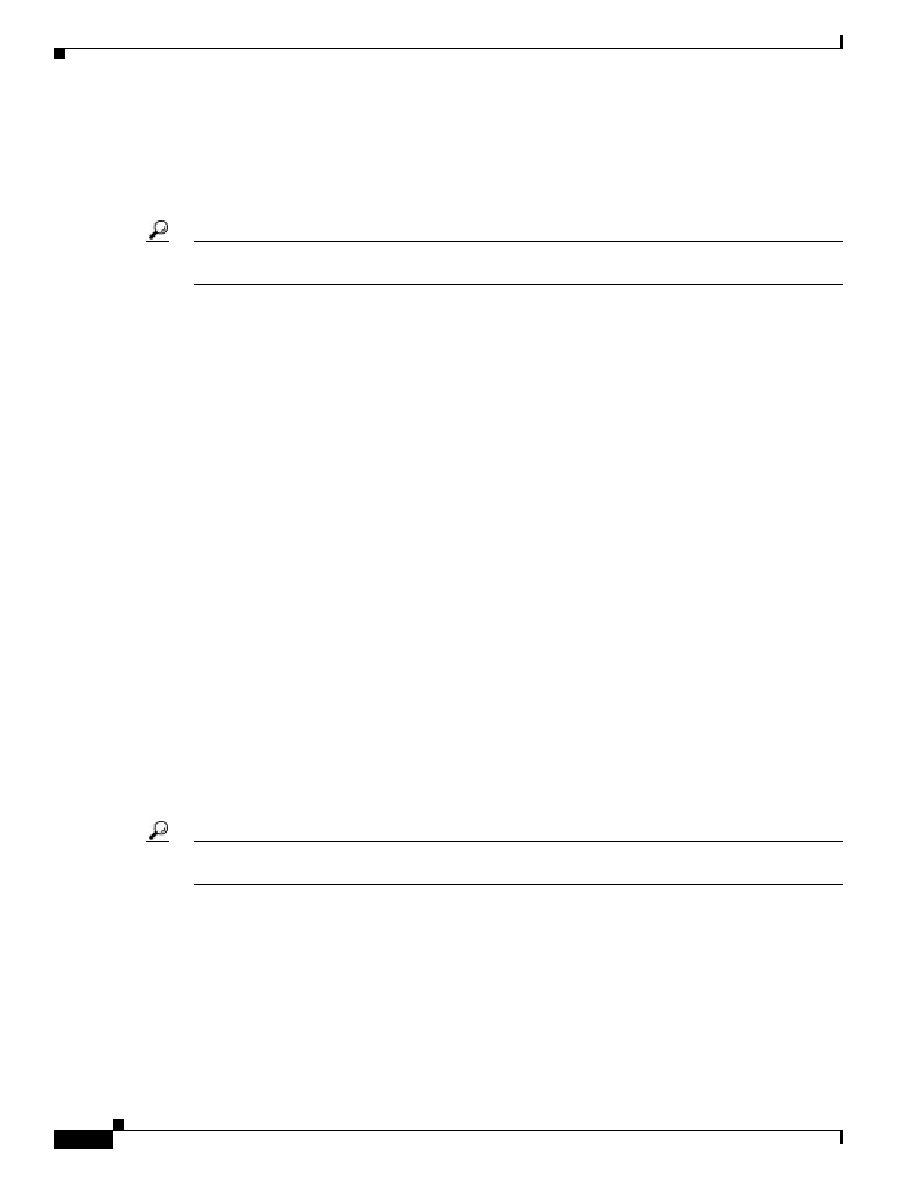
RFC 2597 and RFC 2598 to identify consistent service levels to be provided by each node in the network
infrastructure to packets with DSCP markings.
RFC 2598, see An Expedited Forwarding PHB.
Expedited Forwarding (EF or DSCP 46).
levels of drop-preference within each class. For example, AF31 would refer to Assured Forwarding
Class 3 drop-preference 1.
synonymous with DSCP 46, also DSCP AF31 is synonymous with DSCP 26. In this document the DSCP
values will be referred to by their PHB keywords.
as discrete IP addresses or well-known TCP/UDP ports), there are applications that cannot be identified
such criteria alone. This may be due to legacy limitations, but more likely due to deliberate design. For
example, peer-to-peer media-sharing applications deliberately negotiate dynamic ports with the
objective of penetrating firewalls. When Layer 3 or 4 parameters are insufficient to positively identify
an application, then Network-Based Application Recognition (NBAR) may be a viable alternative
solution. It should be noted that NBAR is a more CPU intensive classification mechanism than matching
traffic by DSCP or access-lists.
Module (PDLM), which is essentially an application signature. NBAR's deep-packet classification
engine examines the data payload of stateless protocols against PDLMs. There are over 70 PDLMs
embedded into IOS 12.2 code. Furthermore, since PDLMs are modular, they can be added to system
without upgrading requiring an IOS upgrade.
on the first packet of a flow. The remainder of the packets belonging to the flow is then CEF switched.
paper (internal).